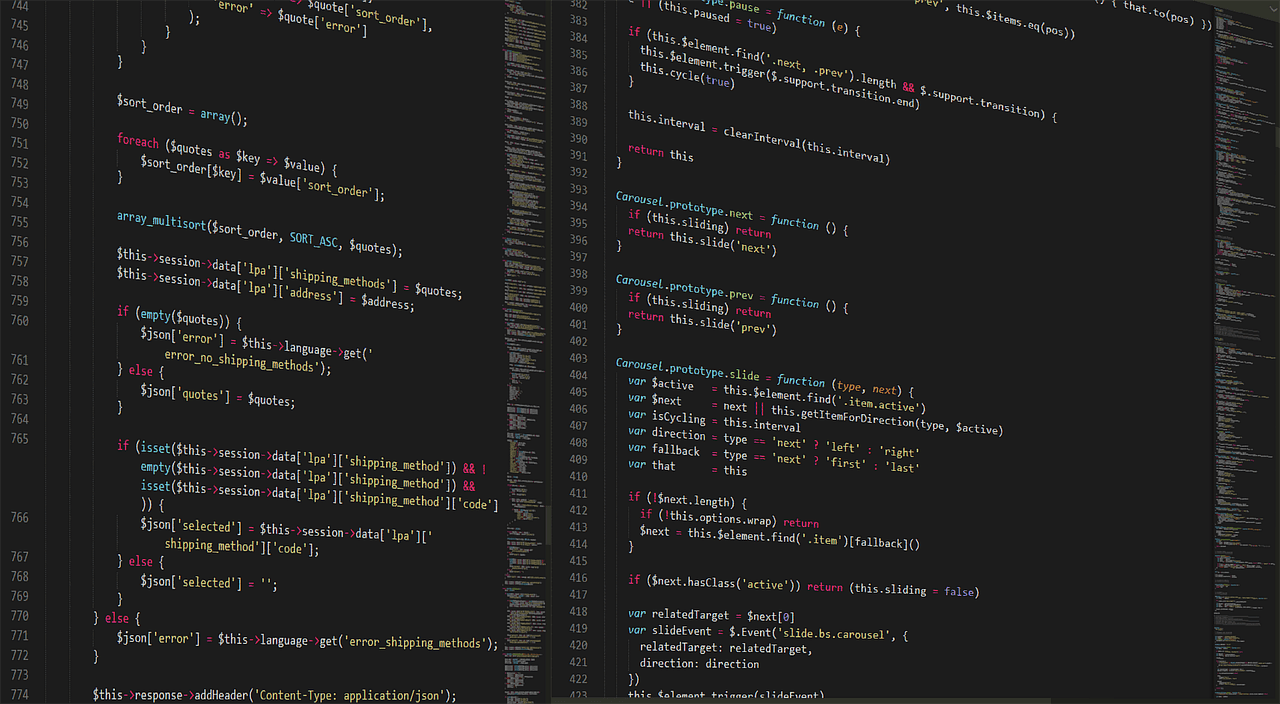Comprehensive Guide to Python Web Development for Beginners
Python is a versatile and popular choice for web development, offering a robust ecosystem of frameworks, libraries, and tools that simplify the development process. In this guide, we will delve into Python web development, covering essential frameworks, best practices, and practical steps for beginners to start creating powerful web applications.
What is Python Web Development?
Python web development involves creating web applications and websites using the Python programming language. It emphasizes server-side logic, HTTP request handling, data management, and the rendering of dynamic content.
Why Use Python for Web Development?
Characteristics of Python
Python is known for its:
- Simplicity: Easy to learn syntax and readability make it accessible for newcomers.
- Extensive Libraries: A wide range of libraries and frameworks enhances functionality.
- Community Support: A growing community that contributes to tutorials, plugins, and support resources.
How to Use Python for Web Development
1. Install Python
Begin by installing Python on your machine. Visit the official Python website to download the latest version compatible with your operating system and follow the provided setup instructions.
2. Choose a Web Framework
Python offers a variety of frameworks, each with unique features. Popular choices include:
- Django: A full-stack framework with robust security and scalability, ideal for complex applications.
- Flask: A lightweight, modular framework suited for beginners and rapid application development.
- Pyramid: Flexible and versatile, perfect for tailored web application development.
- Bottle: A minimalist framework for simpler applications and microservices.
- Tornado: Known for asynchronous capabilities, suitable for real-time web applications.
- Web2py: A user-friendly, integrated environment with cross-platform compatibility.
3. Set Up a Development Environment
Create a dedicated project folder and set up a virtual environment using tools such as virtualenv or Python’s built-in venv. This practice ensures isolation of project dependencies.
Best Practices for Python Web Development
1. Use Virtual Environments
Virtual environments help manage dependencies and prevent package conflicts.
2. Follow the DRY Principle
Implement the Don’t Repeat Yourself (DRY) principle for better code maintainability.
3. Implement Security Best Practices
Utilize built-in security features from frameworks, focusing on authentication, authorization, and data validation.
4. Test and Deploy Your Application
Engage in rigorous testing and consider containerizing your application using Docker for seamless deployment.
5. Integrate with Front-end Libraries
Combine Python back-end frameworks with front-end libraries like React or Angular for a dynamic application experience.
Example of Web Development with Python
Creating Your First Web Application in Python
- Install Django:
pip install django - Create a New Project:
django-admin startproject myproject - Run the Development Server:
python manage.py runserverAccess your application at
http://127.0.0.1:8000/.
Conclusion
Python is a powerful language for web development, offering a plethora of frameworks and tools to meet various project needs. By adhering to best practices and selecting the appropriate framework, beginners can confidently embark on their Python web development journey. For more resources and insights, explore related articles on this site, such as Unlock Your Potential: The Ultimate Guide to Python Web Development for Beginners and Unlock Your Skills: A Comprehensive Guide to Python Web Development for Beginners.
Python Web Development Projects and Applications
Key Projects
- Project 1: Personal Blog Website
Create a personal blog where you can share your thoughts, ideas, and experiences using Django as the back-end framework. This project will help you learn about models, views, and templates.
- Project 2: E-commerce Store
Build a fully functional e-commerce site with Flask that includes product listings, a shopping cart, and user authentication. This project teaches crucial concepts of web development, including database integration and session handling.
- Project 3: RESTful API
Develop a RESTful API using Django REST Framework. This project will help you understand how to build Web APIs which can be consumed by various front-end applications.
- Project 4: Chat Application
Create a real-time chat application using Flask and WebSockets to explore asynchronous behavior and real-time communication in web applications.
Python Code Examples
# Example code for a simple Flask web application
from flask import Flask
app = Flask(__name__)
@app.route('/')
def home():
return "Welcome to My Flask Web App!"
if __name__ == '__main__':
app.run(debug=True)
# Example code for a basic Django view
from django.shortcuts import render
def home(request):
return render(request, 'home.html', {})
Real-World Applications
Python web development is applied across various industries. Here are some key examples:
- Content Management Systems: Python frameworks like Django are widely used to develop robust CMS platforms that allow users to create, manage, and modify content easily.
- Data Visualization Tools: Python’s powerful libraries can be used to fetch, analyze, and visualize data into actionable insights for businesses through web applications.
- E-commerce: Many online retail platforms utilize Python frameworks for secure transaction processing, data handling, and dynamic user experiences.
- Social Media Analytics: Build applications that integrate with various social media APIs to provide insights through data collection and reporting.
Next Steps
Now that you have a solid understanding of Python web development, it’s time to dive deeper and enhance your skills. Start by choosing a web framework that suits your style, such as Django or Flask, and begin building your first application.
To further your knowledge, consider exploring advanced topics in Python web development, including best practices for optimizing your web applications and tips on deploying in production environments.
Additionally, hands-on projects are invaluable for learning. Check out our tutorial on creating a dynamic web application using Python and integrate front-end technologies to fully utilize your back-end skills.
